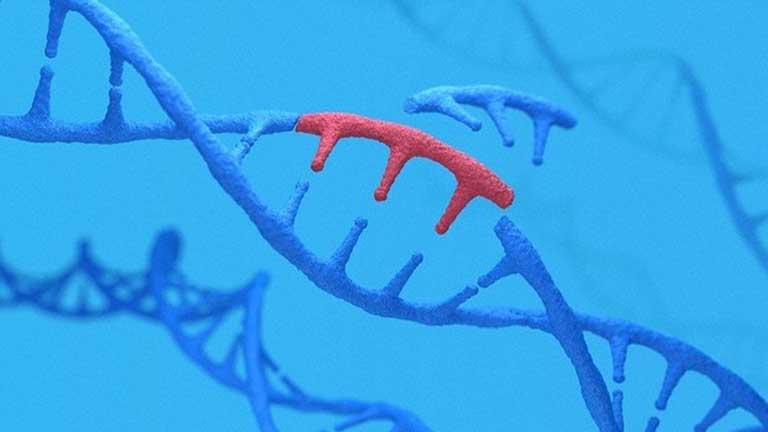TOKYO – The Mainichi (Link to Atricle)
A team of scientists from Japan’s Riken research institute and Chiba University has succeeded in producing a type of stem cell from mouse cells that researchers hope could further study on artificially reconstructing life.
The cells derived by the team, known as primitive endoderm stem (PrES) cells, come from a structure formed in the early development of mammals known as the blastocyst. When clusters including these stem cells were transplanted into the uteri of mice, they developed into forms resembling those of normal embryos immediately after implantation.
The blastocyst in mammals consists of three distinct cell types: those that mainly become the body; cells that become the placenta; and cells that become the yolk sac, which is the source of nutrition until the placenta is formed.
Stem cells called embryonic stem cells and trophoblast stem cells had already been produced from the first two of these cell types. Now that PrES cells have been developed from the third type, researchers say using stem cells alone could lead to birth.
“We have the last piece. It’s the first step toward technology that could artificially reconstruct life,” a representative of the research team said.

Riken visiting researcher Yasuhide Ohinata and other team members developed blastocysts from fertilized mouse eggs, and then cultured them under special conditions to create PrES cells with the capability to become yolk sacs. They then injected these cells into a blastocyst after removing the cells needed to create yolk sacs with chemicals. This blastocyst would not normally grow, but with the injection, it did continue to grow, and a normal baby mouse was born, according to the research team.
Furthermore, when they transplanted clusters of the three types of stem cells into the uteri of female mice and observed them for about a week, the clusters became implanted in the uteri of the mice with a 20 to 30% probability, and developed into structures resembling those of normal embryos that would be seen immediately after implantation in the uterine wall. However, normal embryos did not develop, and no mice were born through this process.
Research to artificially create blastocysts has progressed both in Japan and overseas. In 2021, two teams from the United States and Australia announced they had used human stem cells to create a cell mass resembling a blastocyst.
Commenting on the latest development, Ohinata said, “This may be useful in shedding light on the mechanism by which the blastocyst, which is made up of several dozen cells, functions as the source of life.” Since the developmental mechanism of fertilized eggs differs greatly between mice and humans, the team is also advancing research on pig cells, which are closer to those of humans.
The team’s findings were announced in the online edition of the U.S. journal Science on Feb. 3.
(Japanese original by Suzuko Araki and Ryo Watanabe, Science & Environment News Department)

